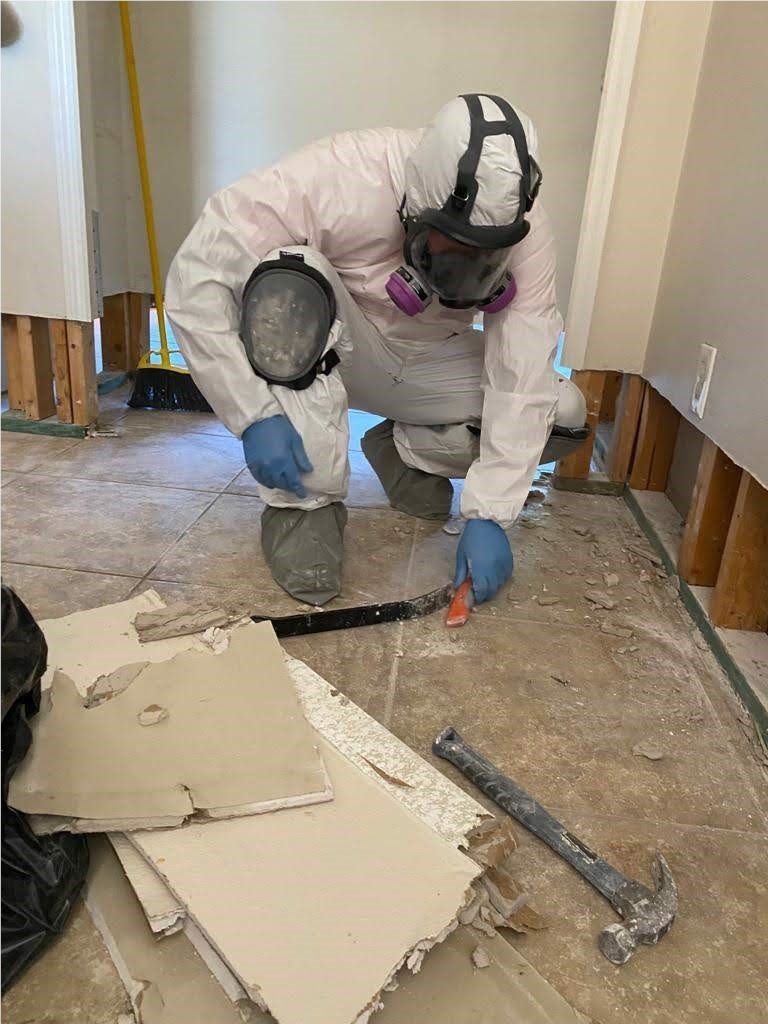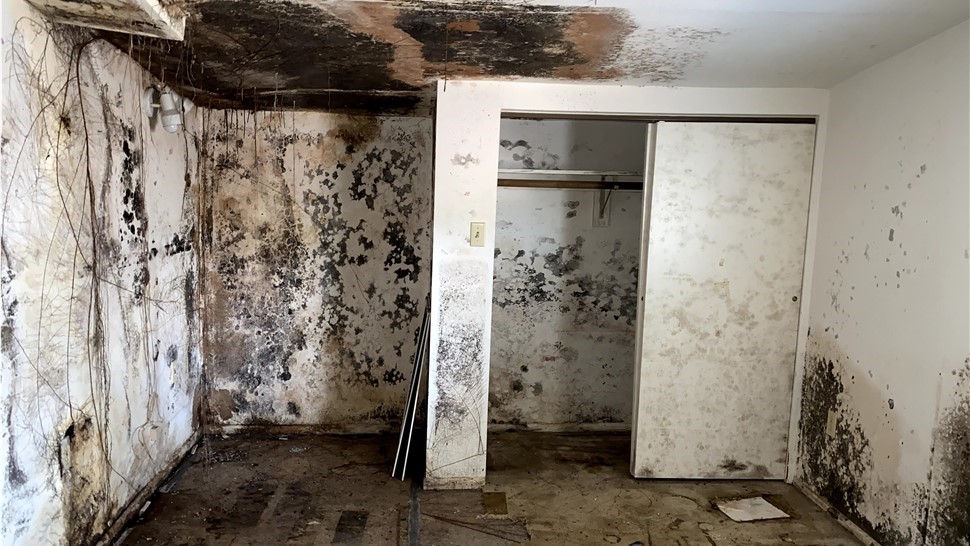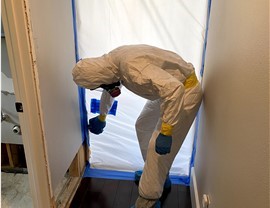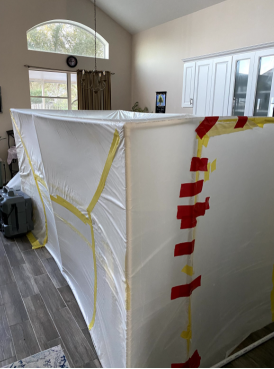Living in Sarasota, Florida, means enjoying sunny days and a tropical climate year-round. However, along with the perks of living in paradise comes the challenge of dealing with high humidity levels, which can lead to various issues, including mold growth. As experts in emergency water damage cleanup in Sarasota, we understand the importance of addressing this issue promptly to protect both your property and your health.
Don't let mold take hold – trust Flood Pros USA to restore your property to its pre-loss condition.
Humidity levels play a significant role in mold growth, and Sarasota's climate provides an ideal environment for mold to thrive. With an average humidity level of around 74% throughout the year, Sarasota residents are no strangers to damp conditions. Combine this high humidity with occasional storms and flooding, and you have a recipe for potential mold problems.
So, what exactly is the link between humidity and mold growth? Let's delve deeper into the science behind it:
The Link Between Humidity and Mold Growth
1. Ideal Conditions for Mold:
Mold spores are omnipresent in the environment, but they need specific conditions to germinate and flourish. High humidity, typically above 60%, provides the moisture necessary for mold growth.
In Sarasota, where humidity levels frequently surpass this threshold, mold can rapidly establish itself in homes and businesses. The warm, tropical climate creates an ideal environment for mold to thrive, making it essential for residents to be vigilant in controlling indoor moisture levels.
2. Moisture Accumulation:
Beyond outdoor humidity, various indoor activities contribute to moisture accumulation within buildings. Everyday tasks such as cooking, showering, and even breathing release moisture into the air.
Without proper ventilation or dehumidification, this moisture can condense on surfaces, creating an ideal breeding ground for mold. In Sarasota, where humidity levels are consistently high, proper ventilation and moisture control measures are crucial for preventing mold growth and maintaining indoor air quality.
3. Poor Air Circulation:
Sarasota's warm climate often prompts residents to keep windows and doors closed with air conditioning running, particularly during the hot summer months. While this helps maintain a comfortable indoor temperature, it can also lead to poor air circulation and trapped moisture indoors.
Without adequate ventilation, moisture can accumulate, fostering mold growth in hidden corners and enclosed spaces. Proper airflow is essential for preventing mold infestations and maintaining a healthy indoor environment.
4. Impact on Health:
Mold not only damages property but also poses serious health risks, especially for individuals with respiratory issues or allergies. Exposure to mold spores can trigger allergic reactions and respiratory symptoms, including coughing, wheezing, throat irritation, and exacerbation of asthma symptoms.
Prolonged exposure to mold can lead to more severe health problems, making it essential for Sarasota residents to address mold growth promptly and take steps to improve indoor air quality.
5. Property Damage:
In addition to health concerns, mold can cause significant damage to buildings and belongings. Mold growth can weaken structures, compromise indoor air quality, and lead to unsightly stains on surfaces.
Mold can also damage personal belongings such as furniture, clothing, and electronics, resulting in costly repairs or replacements. Addressing mold growth promptly is essential for preventing further damage and preserving the integrity of your property.
Proactive Measures to Control Humidity
Given the potential consequences of mold growth, it's crucial for Sarasota residents to take proactive measures to control humidity levels and prevent mold infestations. Here are some tips to help keep mold at bay:
1. Use Dehumidifiers:
Investing in a dehumidifier can be an effective solution for removing excess moisture from the air, especially in areas prone to dampness, such as basements, bathrooms, and laundry rooms.
By maintaining optimal humidity levels, typically between 30% and 50%, dehumidifiers help create an environment less conducive to mold growth. It's important to properly size the dehumidifier for the space and to regularly empty and clean the unit to ensure optimal performance.
2. Ensure Proper Ventilation:
Proper ventilation is essential for reducing indoor humidity levels and preventing moisture buildup. Installing exhaust fans in kitchens and bathrooms helps remove excess moisture generated by cooking, showering, and other activities.
Additionally, opening windows and doors whenever possible allows fresh air to circulate, helping to dissipate humidity and improve indoor air quality. In areas with poor airflow, such as attics or crawl spaces, consider installing ventilation systems to promote air exchange and prevent stagnant, moisture-laden air from accumulating.
3. Repair Leaks Promptly:
Even minor leaks can lead to moisture buildup and mold growth over time if left unaddressed. Regularly inspecting your home for signs of water damage, such as dampness, discoloration, or musty odors, can help identify leaks early.
Promptly repair any leaks in plumbing, roofing, or appliances to prevent moisture from seeping into building materials and creating conditions favorable for mold growth. It's also essential to address any underlying issues contributing to the leak, such as poor insulation or improper drainage, to prevent future water damage.
4. Monitor Indoor Humidity:
Keeping track of indoor humidity levels is crucial for preventing mold growth and maintaining a healthy indoor environment. Using a hygrometer, a device that measures humidity, allows you to monitor humidity levels and identify areas of concern. Aim to maintain indoor humidity levels below 60%, as higher levels can promote mold growth.
If humidity consistently exceeds this threshold, consider implementing additional moisture control measures, such as using dehumidifiers, improving ventilation, or sealing air leaks to reduce moisture infiltration from the outside.
5. Clean and Dry Spills Quickly:
Spills and accidents are inevitable, but it's essential to clean them up promptly and thoroughly to prevent moisture from lingering and promoting mold growth. Use absorbent materials such as towels or sponges to soak up spills and then thoroughly dry the affected area with fans or dehumidifiers.

Avoid leaving wet or damp materials lying around, as they can become breeding grounds for mold. It's also important to address any underlying issues that may have caused the spill, such as leaky pipes or faulty appliances, to prevent future incidents.
The link between humidity and mold growth in Sarasota is undeniable. With high humidity levels and frequent rainfall, Sarasota residents must remain vigilant in controlling moisture levels to prevent mold infestations.
By following the tips outlined above and seeking professional assistance when needed, you can protect your property and your health from the damaging effects of mold.
If you're dealing with mold or water damage in your Sarasota home or business, don't hesitate to contact Flood Pros USA for comprehensive water damage repairs in Sarasota. Our team of experts offers 24/7 flood cleanup assistance in Sarasota and swift water damage restoration services to help you get back on your feet quickly.
Subscribe to Flood Pros USA's Blog







Comments